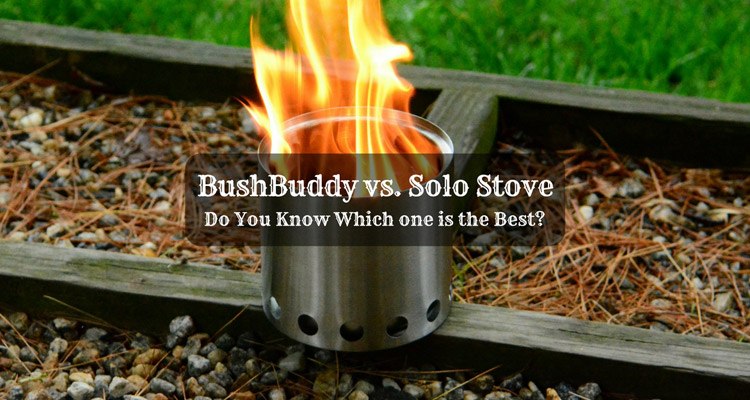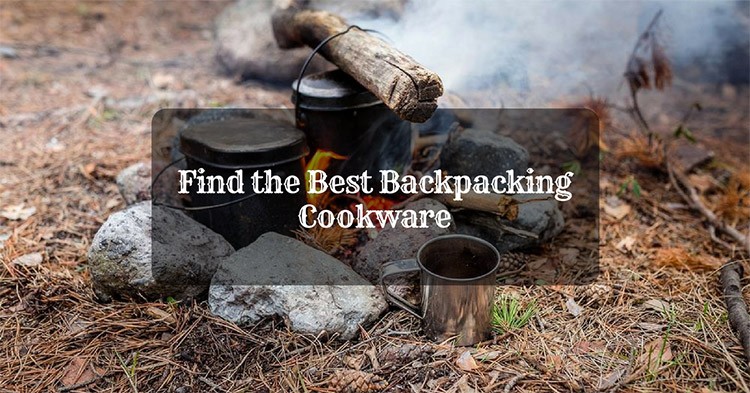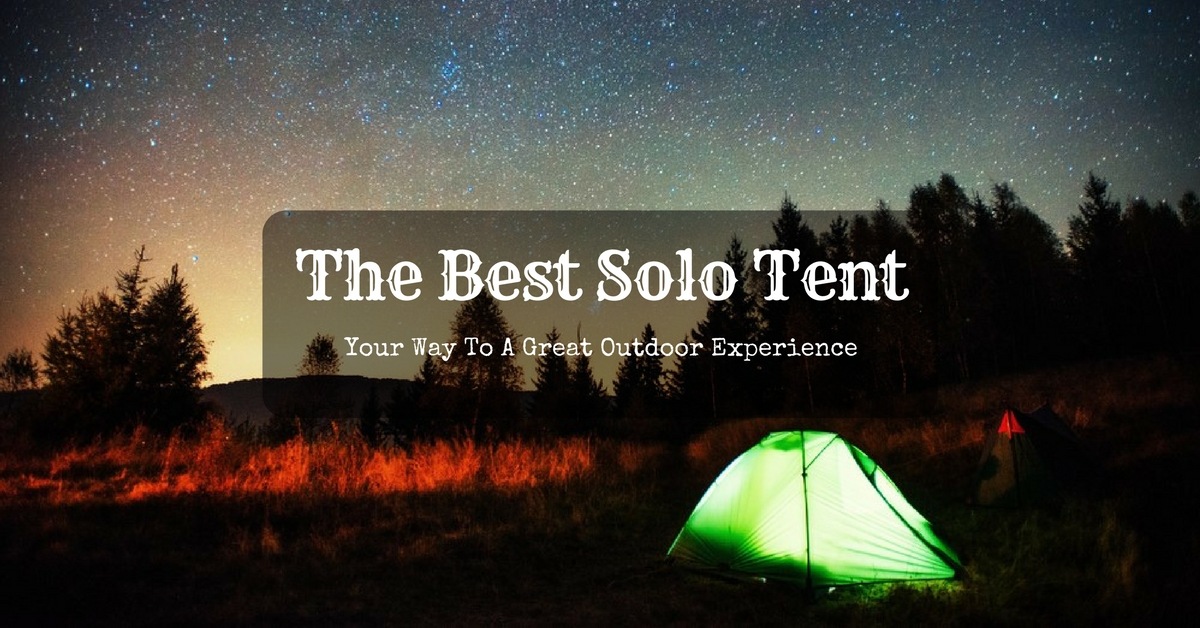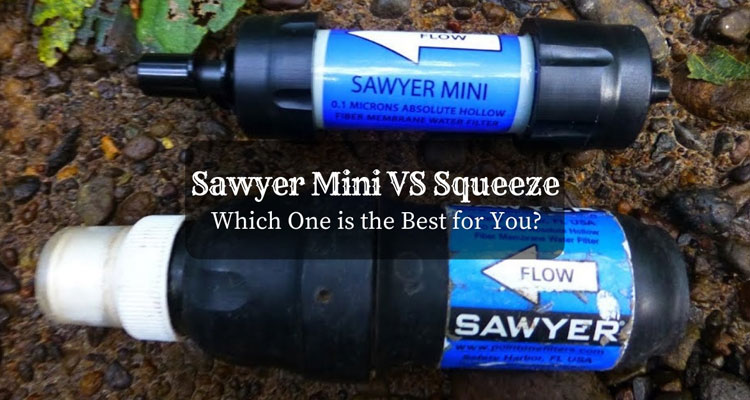Do you have one of these handy wood stoves? Since I’m addicted to backpacking, I’m always on the lookout for gears, tools, and cookware that are worth keeping to keep my pack light.
When I’ve heard about this handy stove that doesn’t need fuel, I just can’t wait to have one. I planned to own a portable stove for my camping needs. Being able to cook and make a hot chocolate drink is on my bucket list.
Most of my friends have bought theirs already. In fact, they’ve recommended purchase either Solo or Bushbuddy as a reliable product. Torn between these favorite brands, I need to ask more so I can decide which one would be mine.
You’ll be surprised how reviews of hikers and campers made me realize what to pick.
Bushbuddy vs. Solo; which one is the best?
More...
Solo vs. Bushbuddy
Price
Solo stove lite costs USD 69.99 online. It’s quite reasonable for a light and compact stove that just saved space in my backpack. However, the Bushbuddy is priced USD 100.00 for a product that has the same design with Solo.
The price being one of my crucial buying factors, I say that Solo is a significant advantage. Nevertheless, checking out other aspects may justify Bushbuddy’s cost.
Material and Features
When I look closer, both stoves are compact and got stainless steel for material. If I’ve not known the brands, I would say they’re completely identical. The wood burning backpacking stoves have a distinctive double wall that surrounds the foremost burning chamber. This feature creates ultra-clean gasification and secondary combustion.
Not only is the fire clean but the stoves remarkably generates less smoke. The double-wall structure serves as a damper to minimize the oxygen that goes into the fire.
Because of this, its effectiveness saves fuel gradually. The design implies I would be needing less wood than others. Boiling a quart of water for this stove will take 8-10 minutes and it both has the same size.
What makes these stoves more convenient is the heat shield feature. The scorching heat from the firebox is shielded from the grounds to avoid burning.
Recommended articles
Jetboil vs. MSR: Which One is the Best Backpacking Cooking System?
Quality and durability:
Learning about its features and what it’s made of helps a great deal. However, when I carefully checked each one of the stove, I have spotted two dissimilarities.
The difference in weight:
Being a light backpacker, I am particular about weights and sizes. It’s a surprise when Solo is heavier than Bushbuddy.
Bushbuddy- 6.1 oz. vs. Solo- 9.2 oz.
The manufacturers are using premium high-quality stainless steel. But it appears that Solo has a thicker gauge than Bushbuddy. I understand that a backpacker’s preference is lightweight especially on long hiking trips.
Having a thicker gauge may mean a hard-wearing product and is suitable for travel. A sturdy stove is essential when used for hiking trips. Constant motion triggers a higher risk for the stove to get hit while inside the backpack.
Burn ring configuration:
I find it necessary to mention that the Bushbuddy has four prongs while the Solo only contains three. For me, having four prongs gives a firmer and secure surface to hold the pan when cooking compared to three. It will be a plus if we consider safety.
These type of portable stoves needs small pots because of its little build.
If you have decided to pick Solo twig stove, check this video to understand better on how it works.
And if you are a fan of Bushbuddy twig stove, watch this video to guide you on how it works.
How do I know which one is the best?
Honestly, it is hard to choose between two products that offer precisely the same use and quality. I have my reasons to consider and so do you. We may have the same factors in mind, but the decision always boils down to our individual needs.
If you are the type who values the product that weighs less for hiking comfort and safe when used while cooking, I bet you would pick the Bushbuddy wood stove.
And for those who have a tight budget and considers durability a priority, you might choose Solo wood stove.
For me, I recommend the Solo Lite. I am more conscious of the savings I can make when I buy an item. I believe that Solo is not only cheaper compared to Bushbuddy but also is durable enough to last a long time.
Some facts you need to know when using Bushbuddy or Solo wood stoves:
Conclusion
What makes this stove a must-have for us backpackers? Well, it does not only give the convenience of having a handy stove around while on camp, but it also saves us from spending on fuel. With just a few twigs, coal, leaves, wood or some dry bushes, this stove will work.
The use of wood for cooking happens to be nature-friendly and is perfect for the outdoor environment.
Which one would you prefer? Bushbuddy vs. Solo stove is a close comparison. However, both are reliable brands and trusted products. Whichever you choose, I am sure it would give the satisfaction that a camper like us is looking for.








